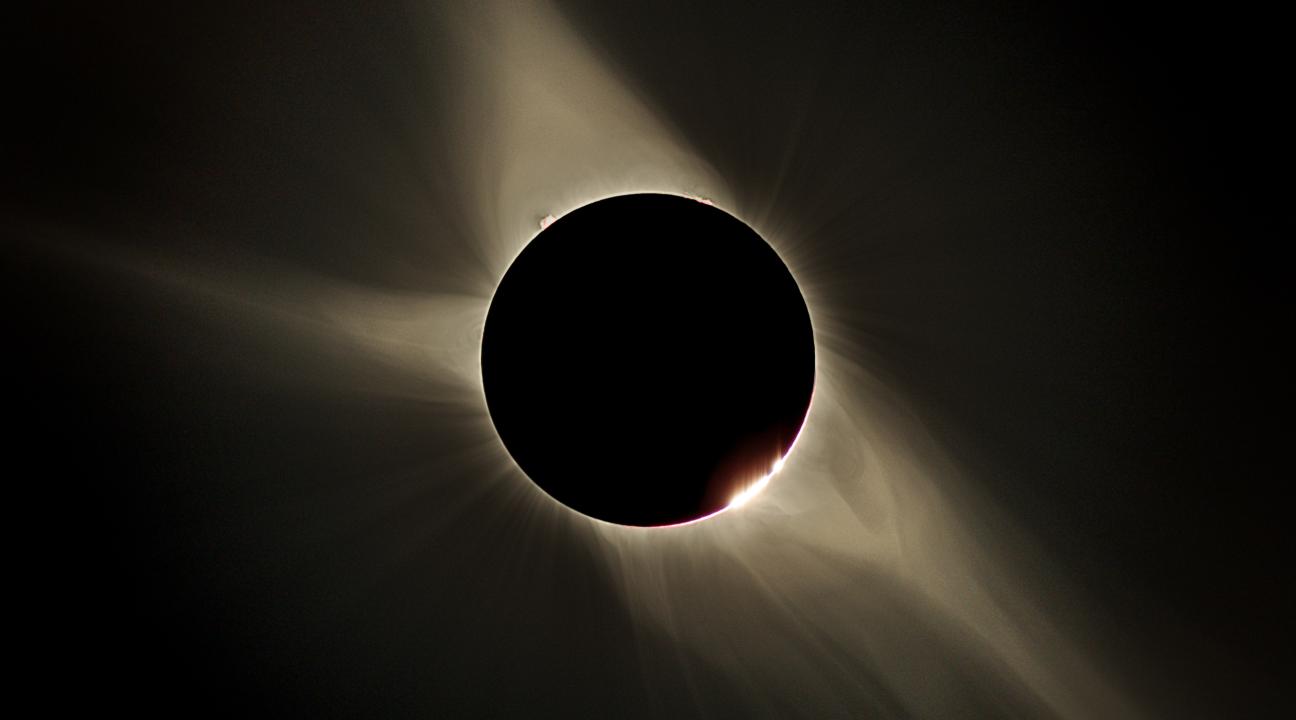Eclipse Megamovie: A crowd-sourced science production
April 2024: Updated links to media coverage of Eclipse Megamovie
As reported by NASA, on April 8, the total eclipse of the sun will be photographed by hundreds of public participants as it moves from Mexico to Maine and into Canada (see map) through a project funded by NASA and led by Dr. Laura Peticolas, Associate Director of EdEon STEM Learning at Sonoma State University.
“To do this, we have given 3-D printed tracking mounts for Digital Single Lens Reflex (DSLR) cameras to 100 volunteers who have been attending monthly training meetings and gathering over 40 images as close to our "Gold Standard" sequence as possible,” said Jeffery Reedy, EdEon’s technology leader for the project,
“On the day of the eclipse, volunteers will use the sun-tracking mounts together with computer astrophotography software to gather many images of the Sun's Corona at each specified exposure, resulting in thousands of uploaded images for the team to process,” Peticolas said
The crowdsourced collection of images will be stitched into a movie called the 2024 Eclipse Megamovie, and give what Peticolas and the team call “a rare opportunity to study the secret lives of solar jets and plumes.” She led the 2017 Megamovie project, which was the first crowdsourced collection of total eclipse images turned into a movie.
Leading up to the eclipse, the 2024 Megamovie has been covered by the following media:
- BBC News
- BBC Sky at Night Magazinehttps://www.skyatnightmagazine.com/news/nasa-eclipse-megamovie
- Smithsonian Magazine
- National Public Radio’s “All Things Considered” (March 14)
- The Washington Post
- Scientific American
- American Astronomical Society Bulletin
- Degrees of Science interview with Juan Carlos Martinez Oliveros
- Science News
- Sky & Telescope, March 2024 (available by subscription only)
- National Science Teaching's Science Scope
- Space.com
- The Conversation



